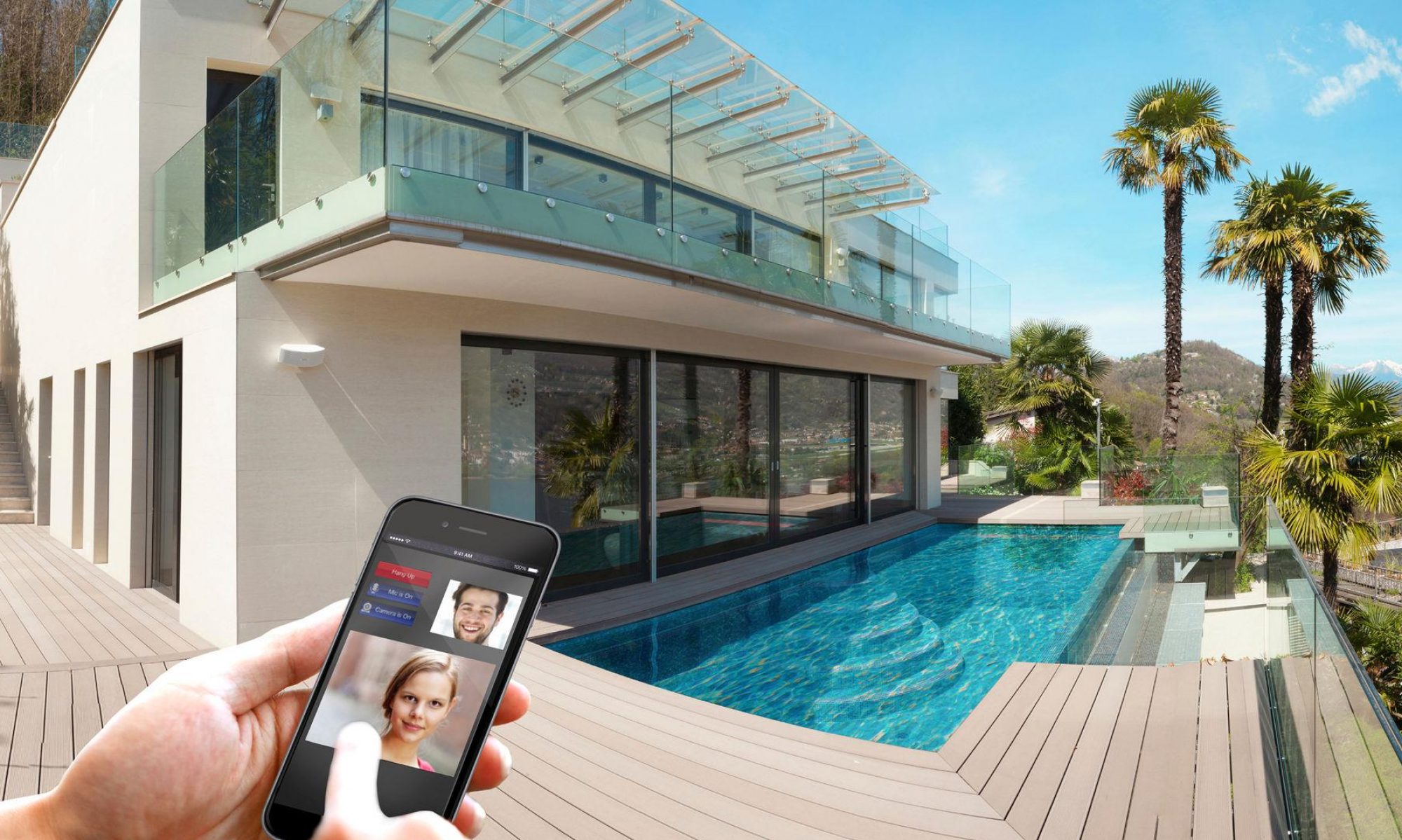Silver, copper but also lino and materials that mimic shark skin to break down pathogens. With no shortage of help from the healing power of plants and biophilic design.
What has the health crisis taught us? No doubt to wash our hands and maintain social distancing as much as possible. Given that we spend most of our time indoors, this particular period has also intensified the need to live in clean and healthy environments. Hygiene first and foremost and a great desire for safety and psychological peace of mind, transmitted by recognizable and visible signals in the spaces in which we live.

And the office is precisely one of those places in which we spend a good portion of our day, provided smart working is an option. The future is still filled with uncertainty, having spent a somewhat memorable summer break laced with a new sense of freedom that we so craved during the lockdown, and countless doubts regarding how to go back to work. But this is precisely where our expectations are highest: the workplace has no choice but to satisfy the highest hygiene and safety standards and must guarantee a level of cleanliness equal to that of our own homes.
The challenge for most manufacturers today is to offer the market materials able to fight the spread of microbes and bacteria, without these compromising the basic hygiene rules that must necessarily be respected. Solutions and measures that have forever been adopted in the health sector now need to be transferred to other industries, from hotels to offices, using antimicrobial materials that inhibit the growth of micro-organisms.
The aim is to succeed in producing natural antimicrobial materials without any added chemicals, which although very efficient in breaking down harmful micro-organisms, may also have negative side effects on other forms of life, whether animal or human.
Making informed and intelligent choices regarding which materials to use, is essential.

Silver is an antimicrobial product par excellence. Its properties in the field of health and hygiene were known as early as the Hippocratic period. Commonly used to formulate antiseptic creams and in drinking water treatments, the ions are today used in mix design to develop surfaces that inhibit the spread of germs and bacteria.
It is used for example in the production of ceramic tiles, a hygienic product in itself and particularly appreciated for its ease of cleaning. Combined with titanium dioxide, highly valued for its self-cleaning action triggered by photocatalytic processes, it is one of the components used to produce antiseptic and antimicrobial wall and floor coverings.
“Thanks to the photocatalytic action, the titanium dioxide breaks down the pollution in the air. Together with silver ions, it is used to produce self-cleaning, antiseptic and antimicrobial ceramic tiles.
Similarly, copper has forever been known for its antiseptic properties, together with its alloys, bronze and brass. It is estimated that a copper surface can completely eliminate a viral load in less than 4 hours, whereas 48 hours are required for steel, and 72 hours for plastic.

Lino too is an excellent product for environments with a high occupation rate. Made using only natural and biodegradable materials, it is also antimicrobial, most likely due to the intrinsic properties of the linseed oil. What’s more, it is a continuous floor and therefore the preferred option, in terms of health and hygiene, with respect to other solutions having joints that are often difficult to clean.
But there are also surfaces, apparently smooth to the naked eye but produced with micro-asperities and special textures, which appear to be hostile to pathogens, for example those that reproduce the texture of shark skin.
Based on a study, it was shown that when several pathogens were sprayed onto the surface in question, thus simulating the effect of a sneeze, the shark skin surface presented 94% less bacteria with respect to a smooth surface, as compared to 80% for copper surfaces.
Biophilic design also helps through the strong use of indoor green solutions, opting for antimicrobial plants such as cinnamon and laurel, but also thyme and cloves, historically used in traditional medicine for their natural antipathogenic properties.


